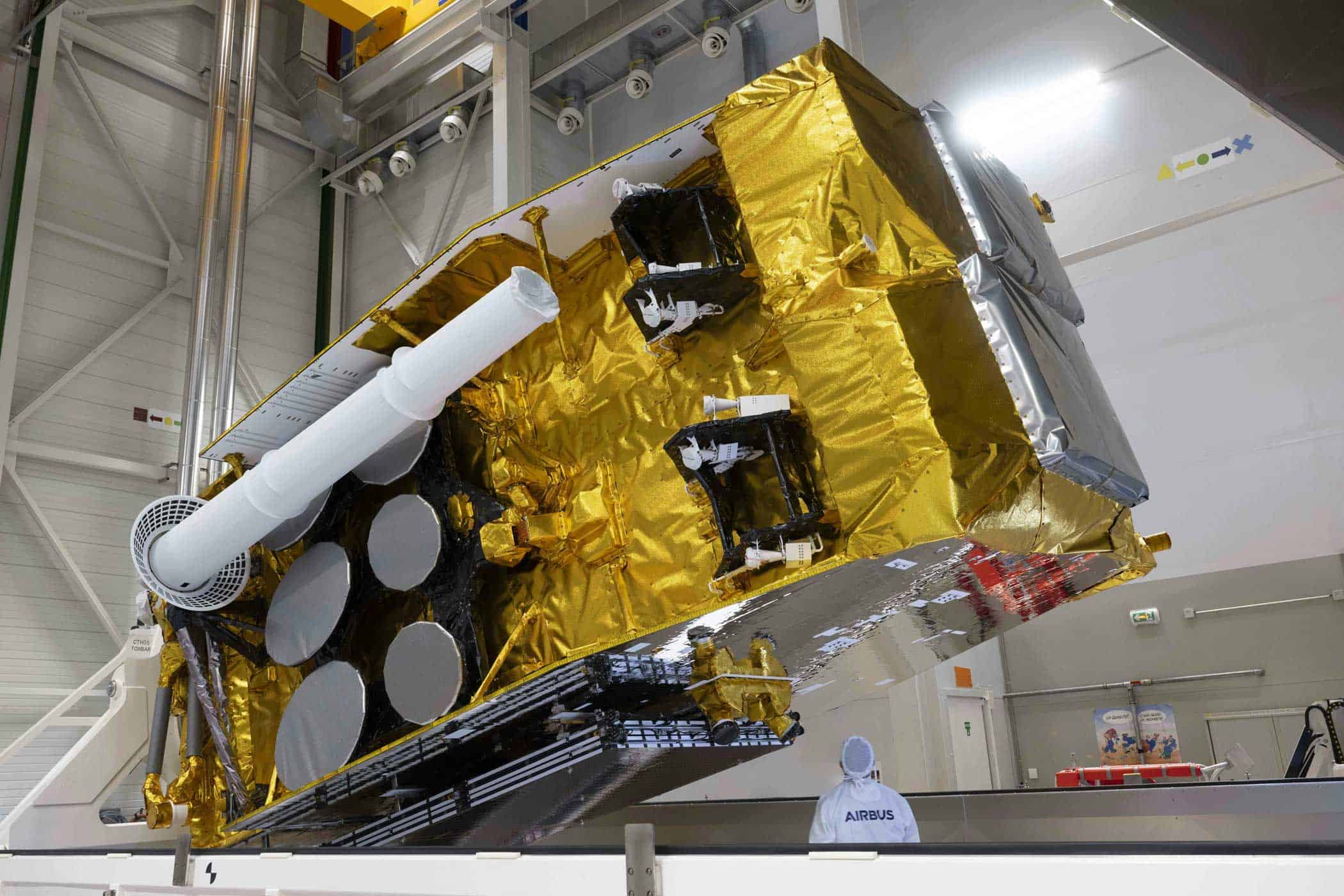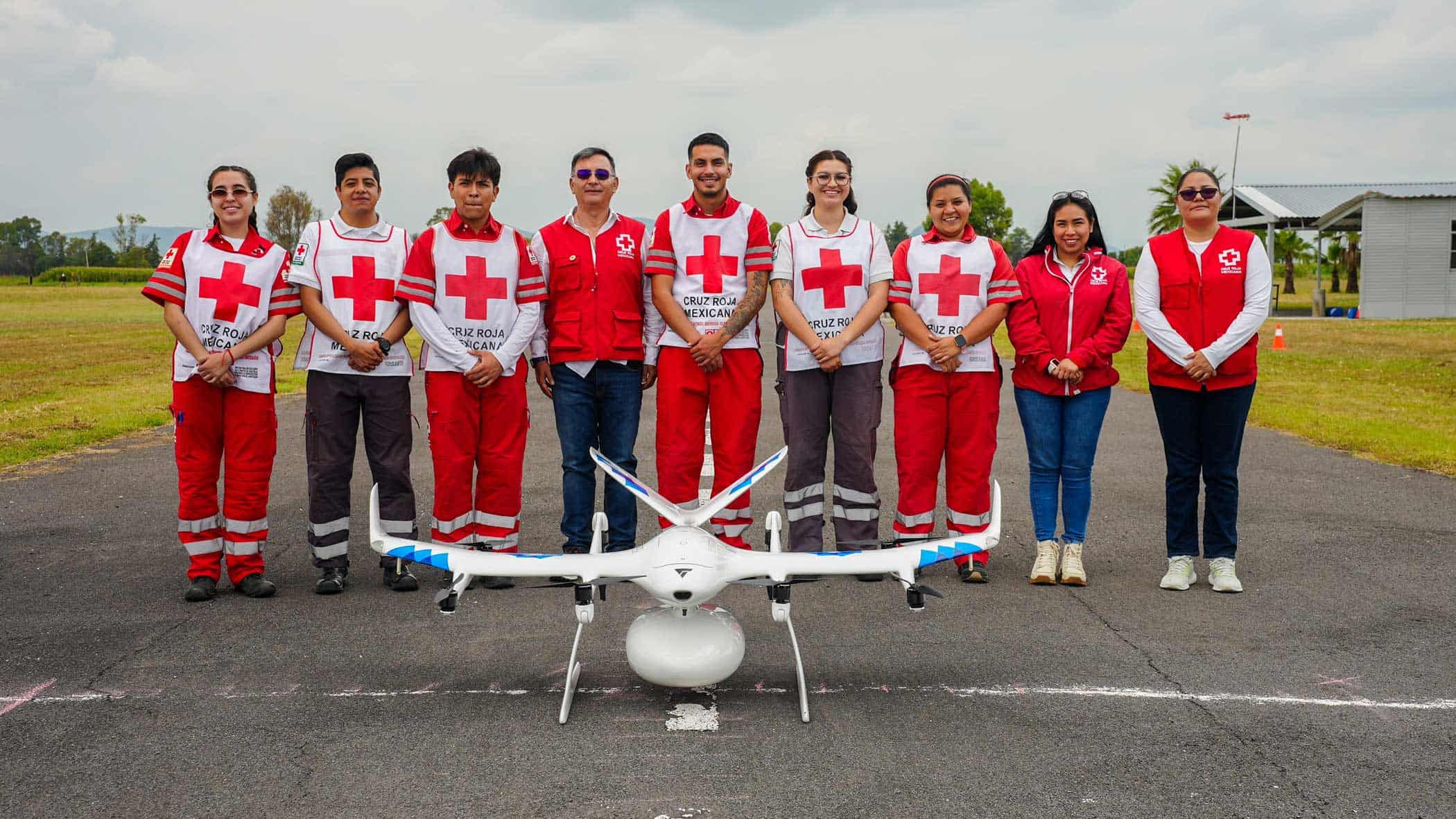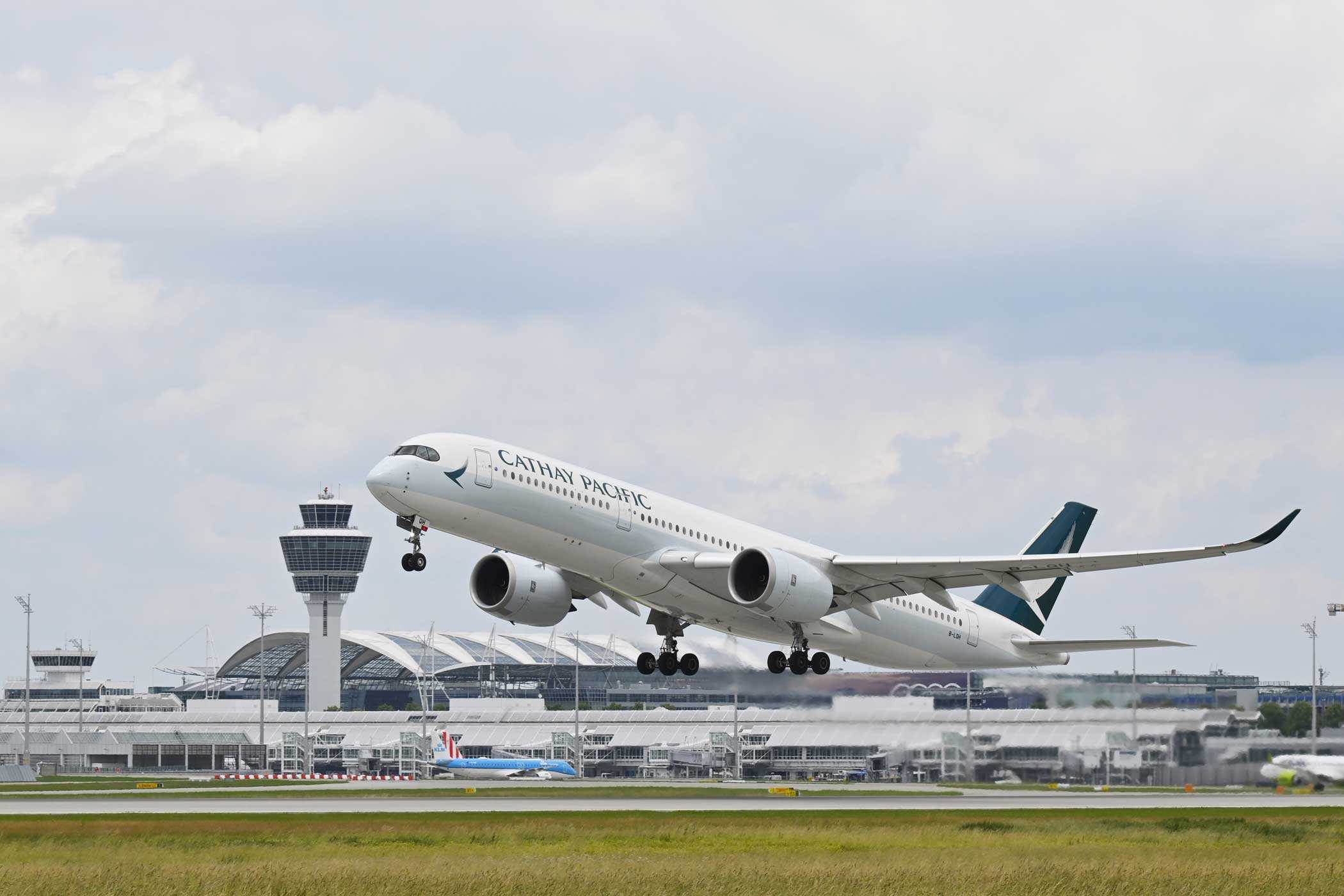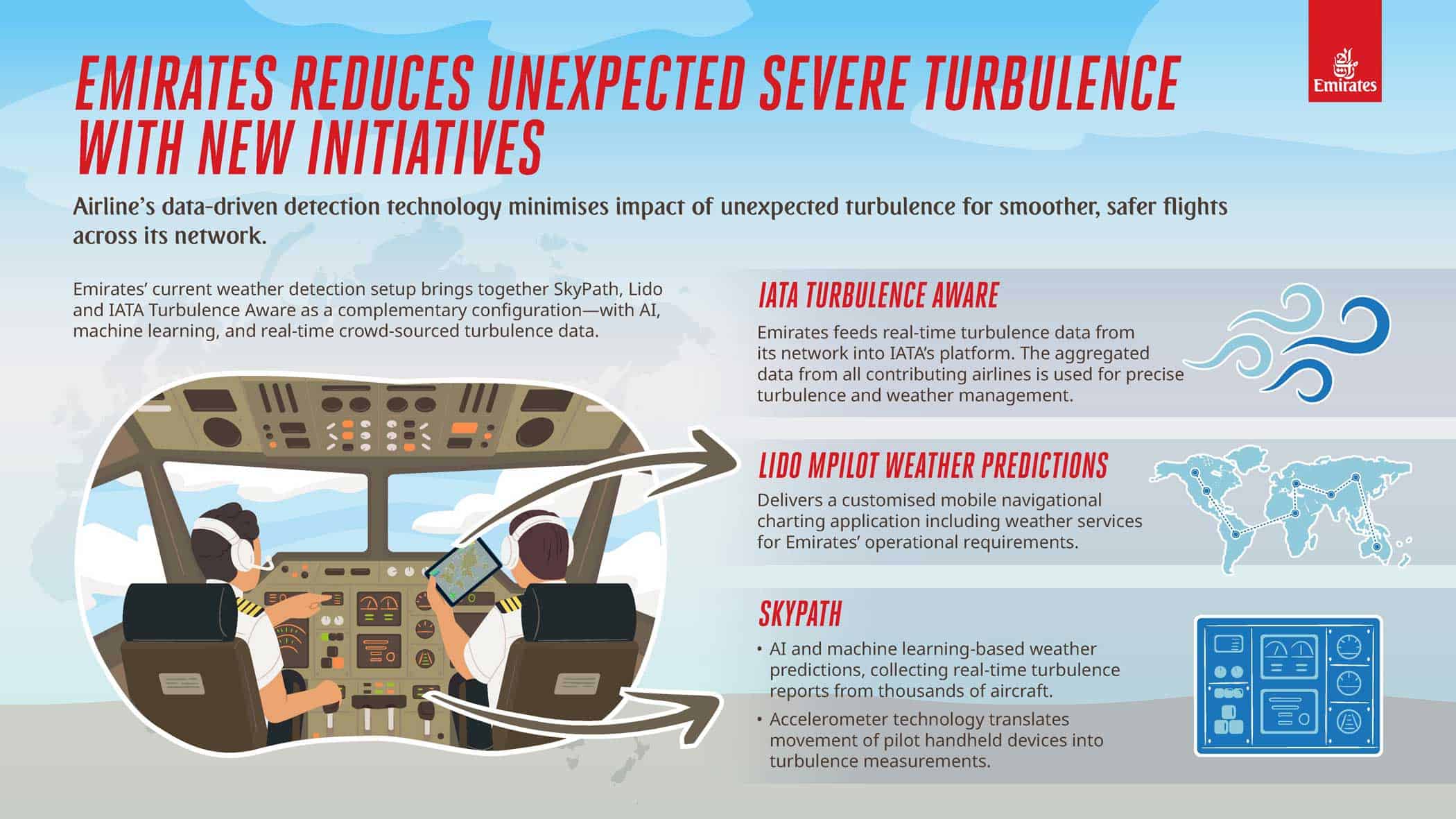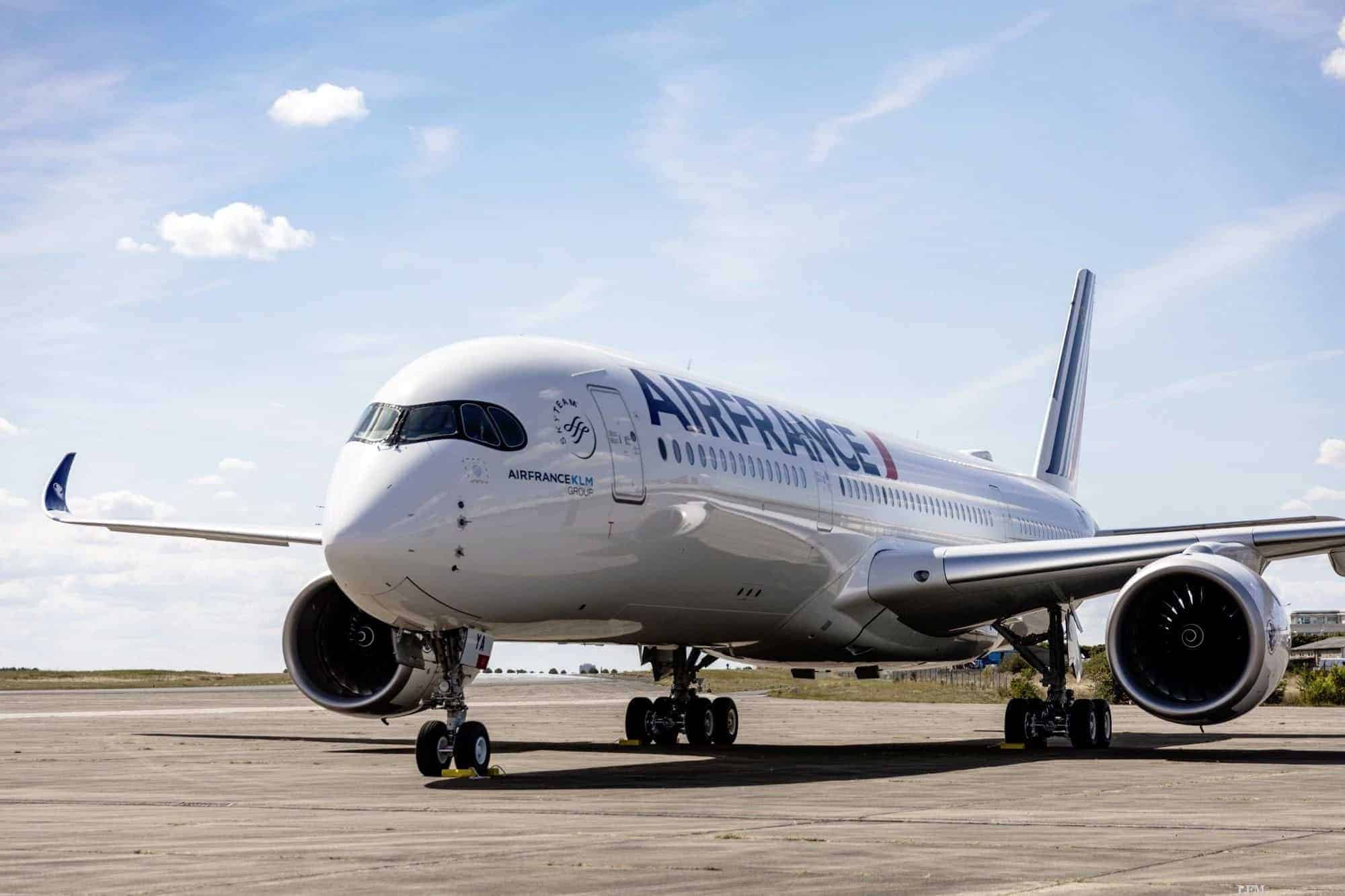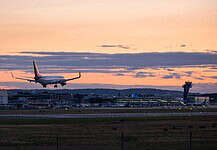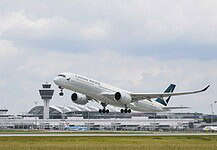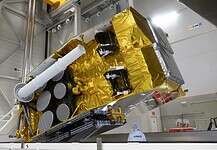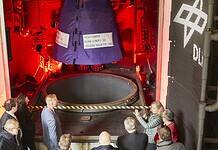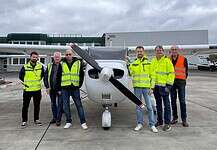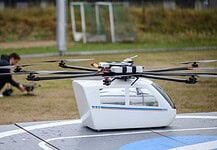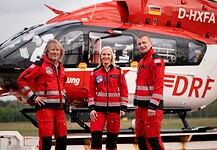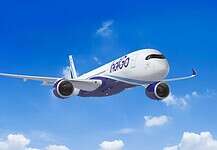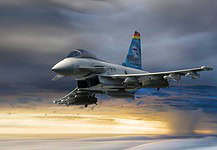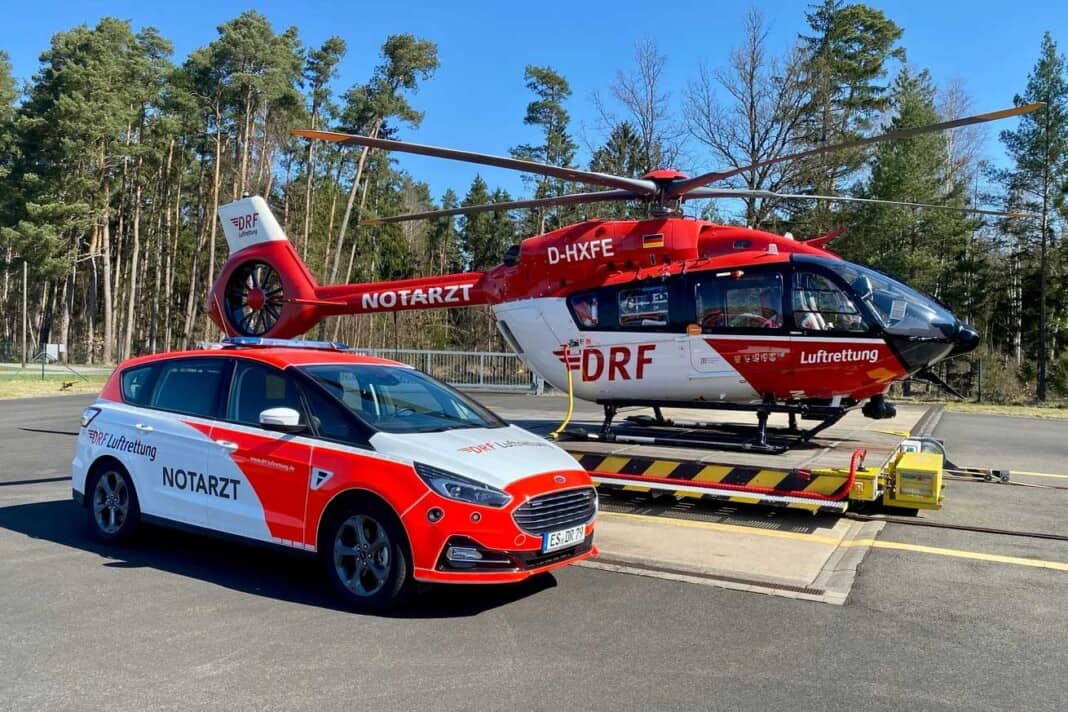
This site is also available on:
Deutsch
Emergency medical care in many regions of Germany relies on a complex collaboration between rescue teams, organizational partners, and state-of-the-art technology. Air rescue plays a particularly important role in rural areas, where rapid assistance often makes all the difference. But what happens if a rescue helicopter is unavailable due to weather conditions or technical maintenance? The Weiden Air Rescue Station in Upper Palatinate has found a state-of-the-art solution for precisely this: a new helicopter replacement vehicle (HEF).
This new vehicle was officially put into service on May 19, 2025. The close cooperation between DRF Luftrettung and the Association for Emergency Services and Fire Alarming (ZRF) contributed significantly to its successful introduction. The ZRF had already informed about the upcoming commissioning at an association meeting – a clear sign of transparency and a shared commitment to improved care.
Why a helicopter replacement vehicle?
The reason for introducing a HEF is quickly explained: Even though it’s rare that a rescue helicopter like the Christoph 80 stationed in Weiden is unable to fly, there are still situations – such as dense fog or thunderstorms – that make safe flight operations impossible. On such days, the medical crew’s operational capabilities were previously limited. This has now changed: With the new HEF, operational readiness is fully maintained.
Station manager and pilot Peter Flor emphasizes: “It’s very rare that the helicopter has to be deregistered. However, if visibility is limited, we cannot take off for safety reasons. In such cases, we now use the HEF as an alternative.” This means that the emergency doctors and paramedics of Christoph 80 remain ready for action even if the helicopter is temporarily deregistered – this time on four wheels.
Ford S-MAX: Technical equipment at the highest level
The new HEF is based on an all-wheel-drive Ford S-MAX and is medically equipped to the same standard as a rescue helicopter. It features a monitor-defibrillator, an intensive care ventilator, syringe pumps, a portable ultrasound scanner, a blood gas analyzer, and even a mechanical resuscitation aid. This high-quality equipment enables crews to provide first-class emergency care, even without air support – wherever it’s needed.
The vehicle is alerted via the Integrated Control Center Upper Palatinate North and operates in a so-called rendezvous system. This means it meets up with an ambulance that has been alerted in parallel. This allows personnel resources to be optimized and medical expertise to be pooled at the scene – efficiently and flexibly.
Christoph 80 – A cornerstone of rescue in the Upper Palatinate
The air rescue station in Weiden has been in operation since April 1, 2011. With approximately 1,100 missions per year, Christoph 80 has become an indispensable part of the regional rescue system. Primary missions cover a radius of approximately 60 kilometers, while secondary missions—such as intensive care transfers—may also involve hospitals outside the state.
Another milestone in the modernization was the introduction of a new helicopter type in February 2024. The state-of-the-art Airbus H145 with a five-blade rotor not only offers greater performance and precision, but also significantly improved comfort for patients and medical staff.
Conclusion: A big step for security of supply
The new helicopter replacement vehicle in Weiden is far more than just a “Plan B.” It is the expression of thoughtful, forward-looking planning and exemplary cooperation among regional stakeholders. Especially for professionals in the field of emergency medicine, it represents an excellent example of how innovation, safety, and dedication can go hand in hand.
The citizens of Weiden and the surrounding area can feel safe – at any time and in any weather. DRF Air Rescue and its partners make this possible. My personal conclusion: With this step, Weiden Air Rescue demonstrates its uncompromising commitment to effectiveness, safety, and humanity. I have the utmost respect for this commitment!

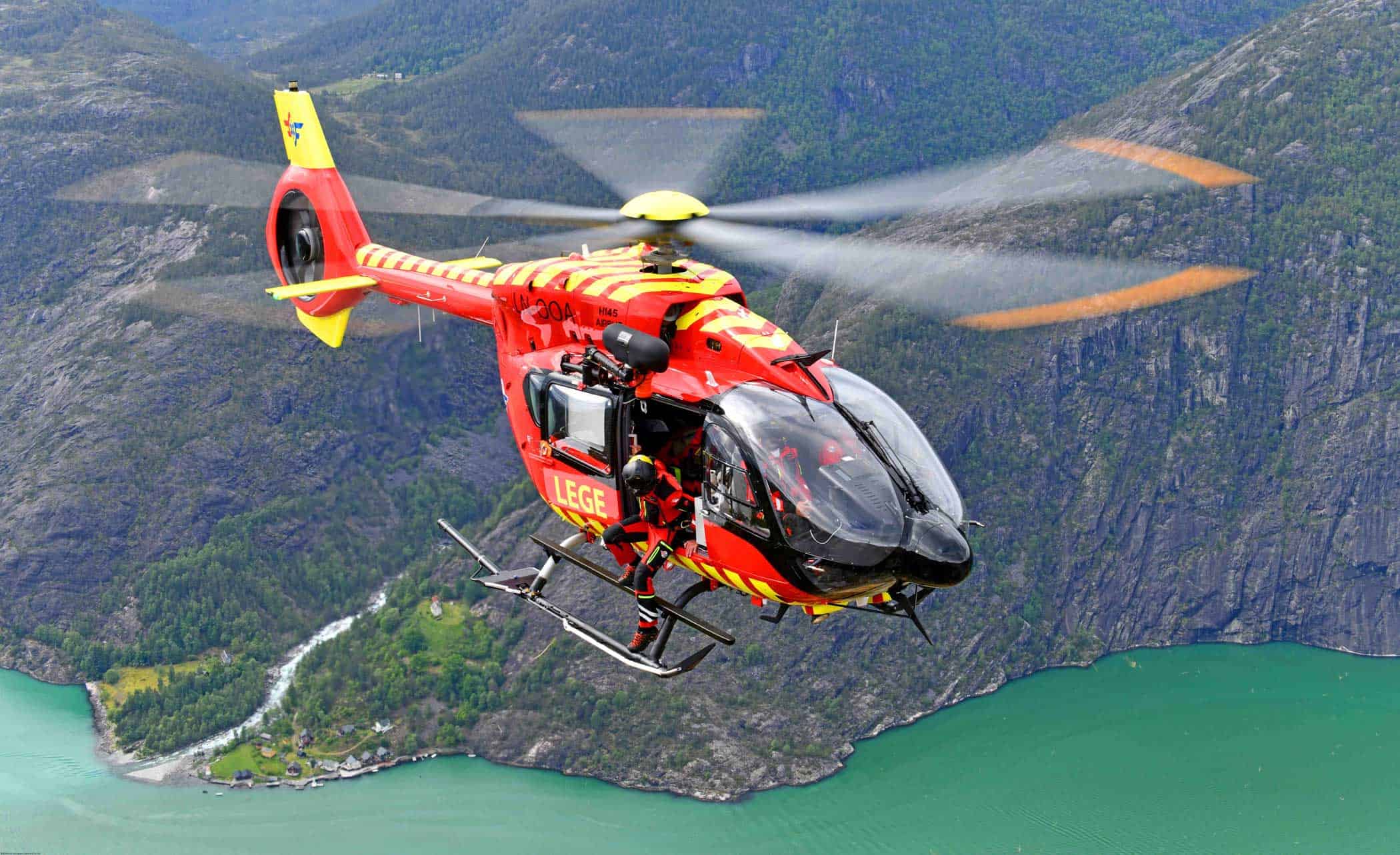 Norwegian Air Ambulance modernizes fleet with Airbus H145 (Norwegian Air Ambulance modernizes fleet with Airbus H145)
Norwegian Air Ambulance modernizes fleet with Airbus H145 (Norwegian Air Ambulance modernizes fleet with Airbus H145)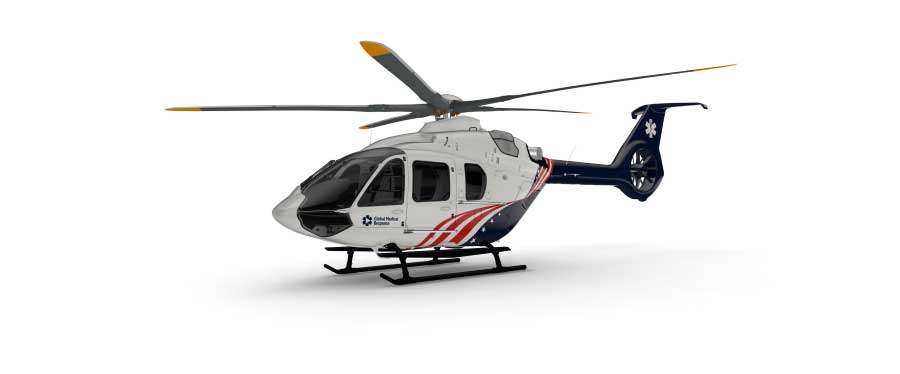 GMR and Airbus sign contract for H140 rescue helicopters (GMR and Airbus sign contract for H140 rescue helicopters)
GMR and Airbus sign contract for H140 rescue helicopters (GMR and Airbus sign contract for H140 rescue helicopters) DRF Luftrettung: New Christoph 43 for Karlsruhe (DRF Luftrettung: New Christoph 43 for Karlsruhe)
DRF Luftrettung: New Christoph 43 for Karlsruhe (DRF Luftrettung: New Christoph 43 for Karlsruhe)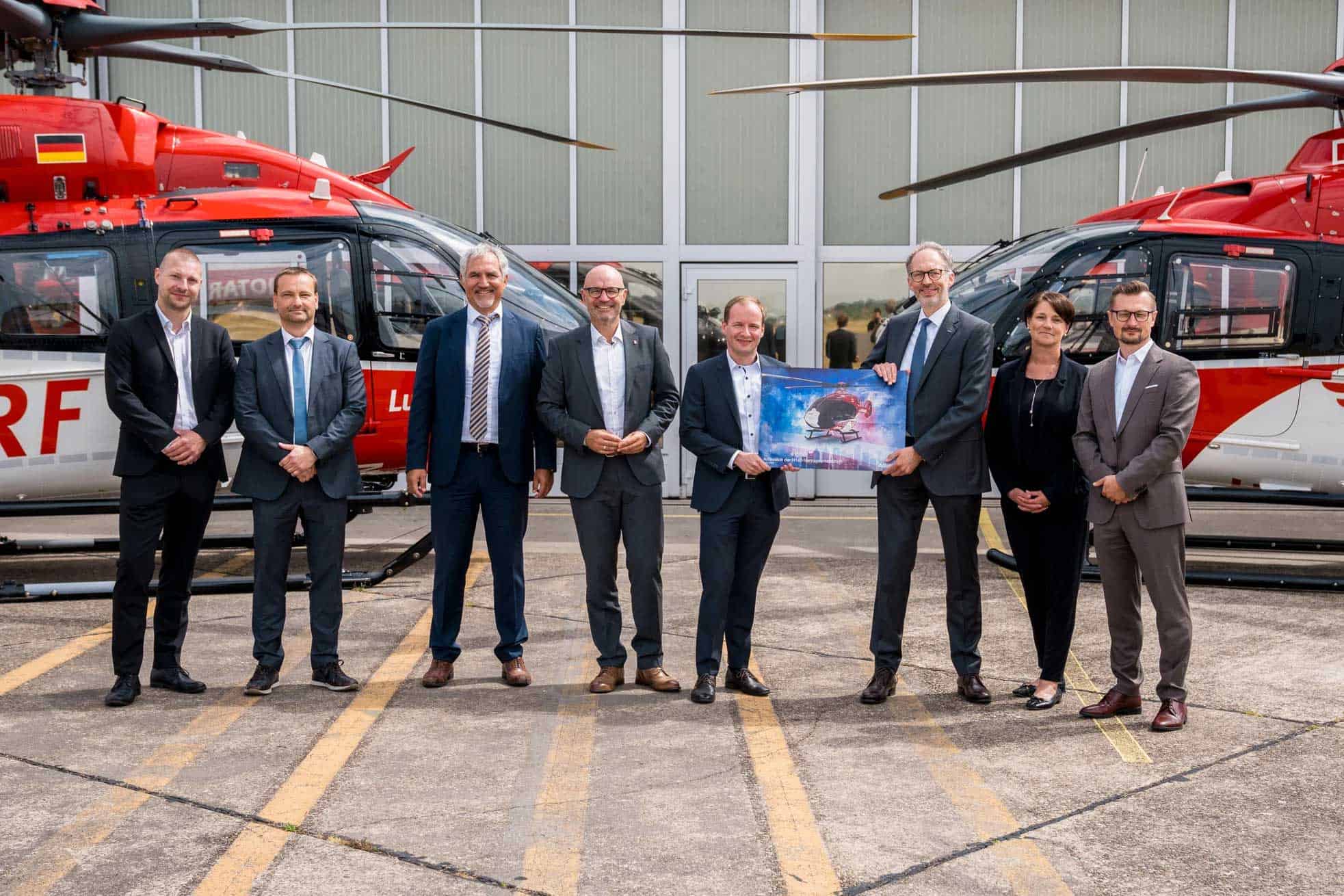 DRF Luftrettung modernizes fleet with new Airbus H140 helicopters (DRF Luftrettung modernizes fleet with new Airbus H140 helicopters)
DRF Luftrettung modernizes fleet with new Airbus H140 helicopters (DRF Luftrettung modernizes fleet with new Airbus H140 helicopters)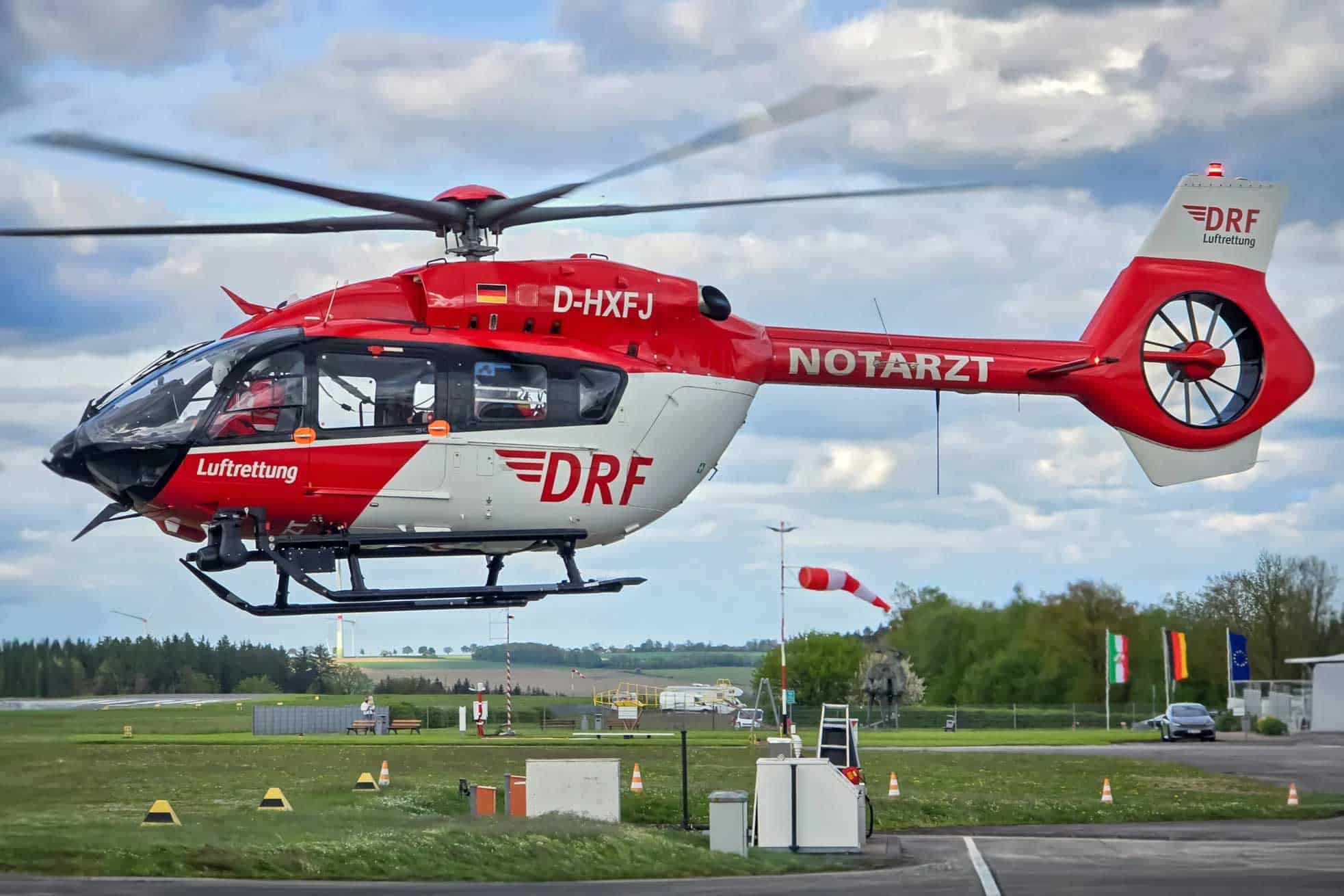 DRF Luftrettung ensures air rescue in North Rhine-Westphalia (DRF Luftrettung ensures air rescue in North Rhine-Westphalia)
DRF Luftrettung ensures air rescue in North Rhine-Westphalia (DRF Luftrettung ensures air rescue in North Rhine-Westphalia)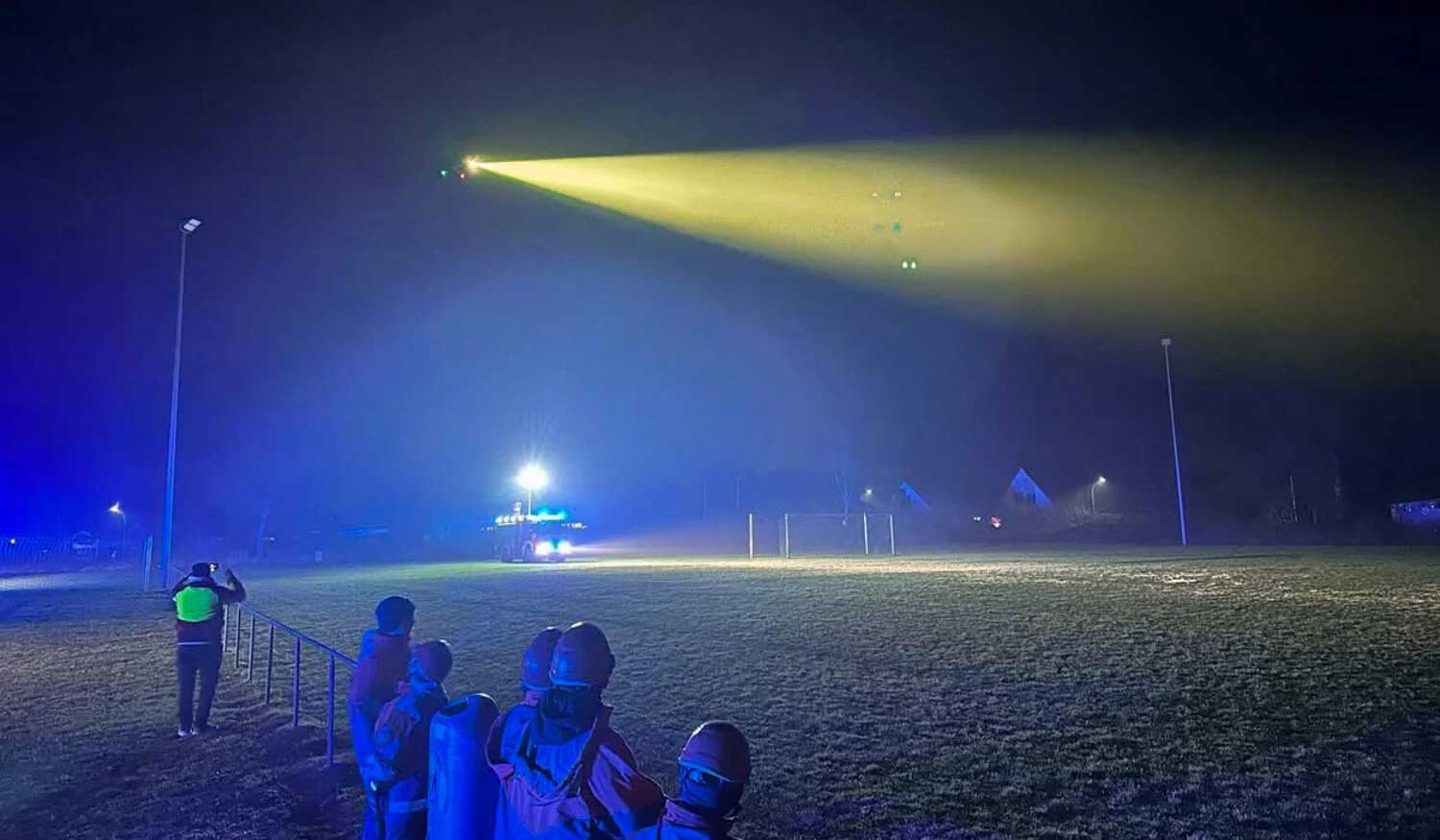 DRF Air Rescue night flight exercise in Erfde: Safety first (DRF Air Rescue night flight exercise in Erfde: Safety first)
DRF Air Rescue night flight exercise in Erfde: Safety first (DRF Air Rescue night flight exercise in Erfde: Safety first)